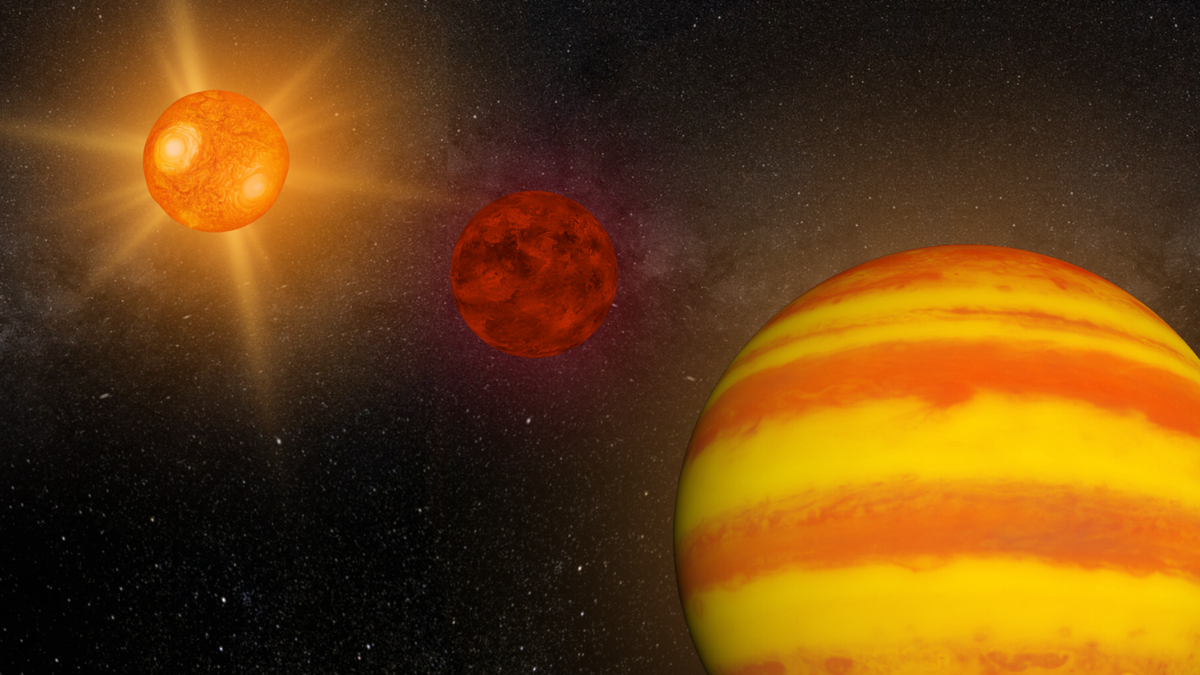How did the woolly mammoth, an ambassador of the Ice Age, end up confined to modern-day Wrangel … [+]
Rising sea levels around 10,000 years ago transformed Wrangel Island into a final refuge for the woolly mammoths, isolating them from their mainland counterparts. As the world’s climate continued to warm and habitats changed, Wrangel Island became one of the last viable environments where these mammoths could survive, setting the stage for their final chapter.
Four millenniums ago, Wrangel Island was a frozen refuge, the last icebox where woolly mammoths … [+]
A prevailing theory for the extinction of isolated populations like the woolly mammoths on Wrangel Island often points to inbreeding. Inbreeding can reduce a population’s genetic variability and increase the spread of harmful genetic mutations, leading to decreased survival and reproduction rates. A striking example is the Tasmanian tiger, or thylacine, which suffered from reduced genetic diversity due to severe inbreeding before its extinction in the 20th century.
However, this popular theory of inbreeding leading to extinction may not hold for the woolly mammoths of Wrangel Island, according to a June 2024 paper published in Cell.
There Was A ‘Bottleneck’ Event, But The Mammoth Was Well On Its Way To Recovery
The study analyzed 21 genomes from Siberian woolly mammoths and revealed that while the mammoth population did experience a significant bottleneck—an event that greatly reduces a population’s size and genetic diversity—it recovered well. In the case of the woolly mammoths on Wrangel Island, the bottleneck event occurred when rising sea levels and changing climates caused their numbers to dwindle significantly as they became isolated on the island.
This drastic reduction in population size limited their genetic diversity and could have made them more susceptible to environmental stresses and changes.
The study found that while the Wrangel Island mammoth population began with as few as eight individuals, it grew to about 200 to 300 and remained stable until their extinction. Over time, the worst genetic mutations became less common because mammoths with these harmful traits were less likely to reproduce.
This suggests that, contrary to expectations, inbreeding did not lead to the accumulation of harmful mutations that could have caused their extinction. Instead, the isolated mammoth population was able to purge these detrimental mutations over generations, challenging the traditional view that genetic degradation was the key factor in their demise.
Did We Have Something To Do With The Extinction?
The new genetic data for woolly mammoths suggests that inbreeding was only one small part of a larger storm that was brewing. While the mammoths faced genetic challenges due to their isolation, the real threats to their survival likely came from a combination of known and unknown environmental changes and, quite possibly, human interference.
The last woolly mammoths went extinct 4,000 years ago. Around this time, human civilization was advancing technologically and expanding geographically. Early humans had reached various remote parts of the world, including areas near Wrangel Island.
This period marked significant changes in human hunting practices and land use, which could have impacted local ecosystems in profound ways. Although direct evidence of humans hunting the last mammoths on Wrangel Island is still elusive, the coinciding timelines suggest that human activity could have played a role in stressing mammoth populations, either through direct hunting or by altering their habitats.
This hypothesis aligns with broader patterns observed in other species extinctions, where human expansion and environmental impact have often been critical factors. A similar scenario unfolded with the Tasmanian tiger, which faced relentless hunting, habitat loss due to agricultural expansion and diseases introduced by invasive species. These factors combined led to its inbreeding problem and subsequent extinction.
The dodo bird is another example of extinction driven by human activity. Native to Mauritius, the dodo was unaccustomed to predators, making it vulnerable when humans arrived. The introduction of invasive species, habitat destruction and direct hunting by sailors drove the dodo to extinction by the end of the 17th century.
Once a native of Mauritius, the dodo bird met its untimely extinction due to human activities, from … [+]
In both cases, as with the woolly mammoths, it wasn’t just one factor but a combination of human impacts and environmental changes that led to their demise. Only time will reveal the specifics of how the last woolly mammoths that roamed the earth met their end, but findings like these put things into perspective for us. They remind us that most species are resilient, built to withstand various challenges. It often takes a series of unfortunate events for a species to actually go extinct.

Dr. Thomas Hughes is a UK-based scientist and science communicator who makes complex topics accessible to readers. His articles explore breakthroughs in various scientific disciplines, from space exploration to cutting-edge research.








